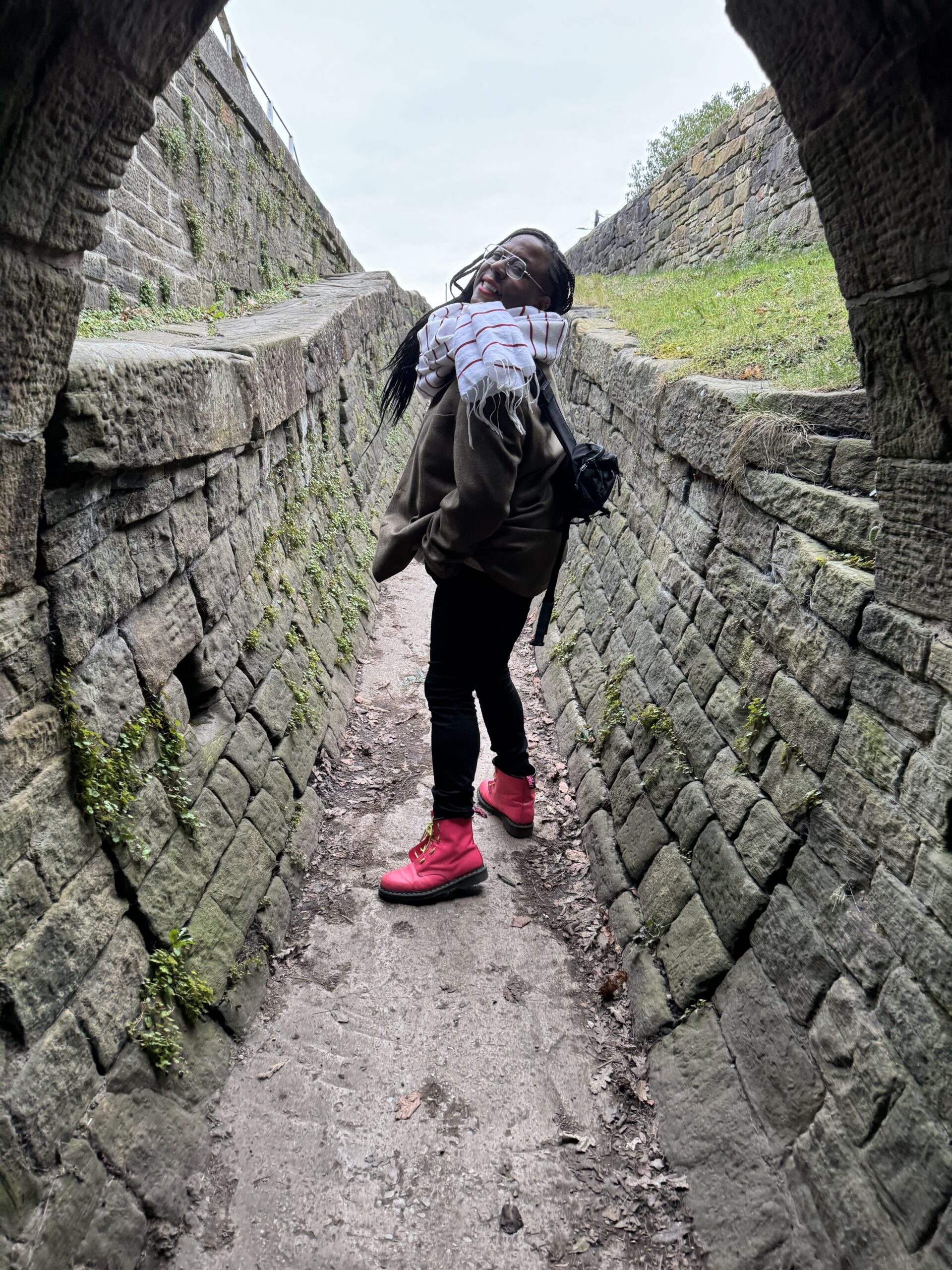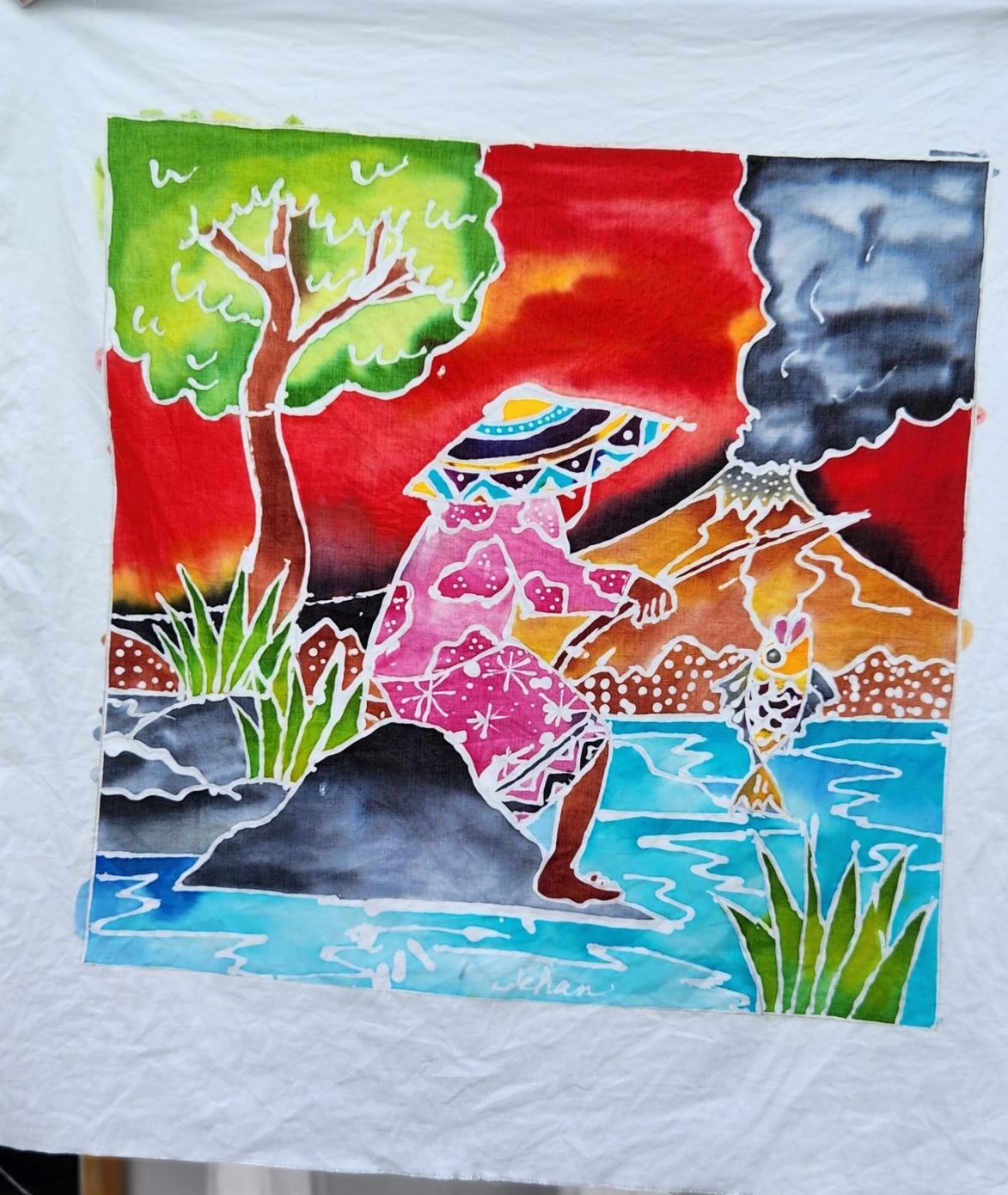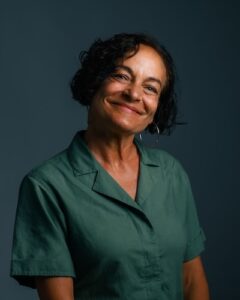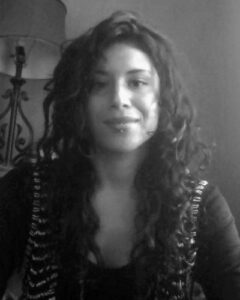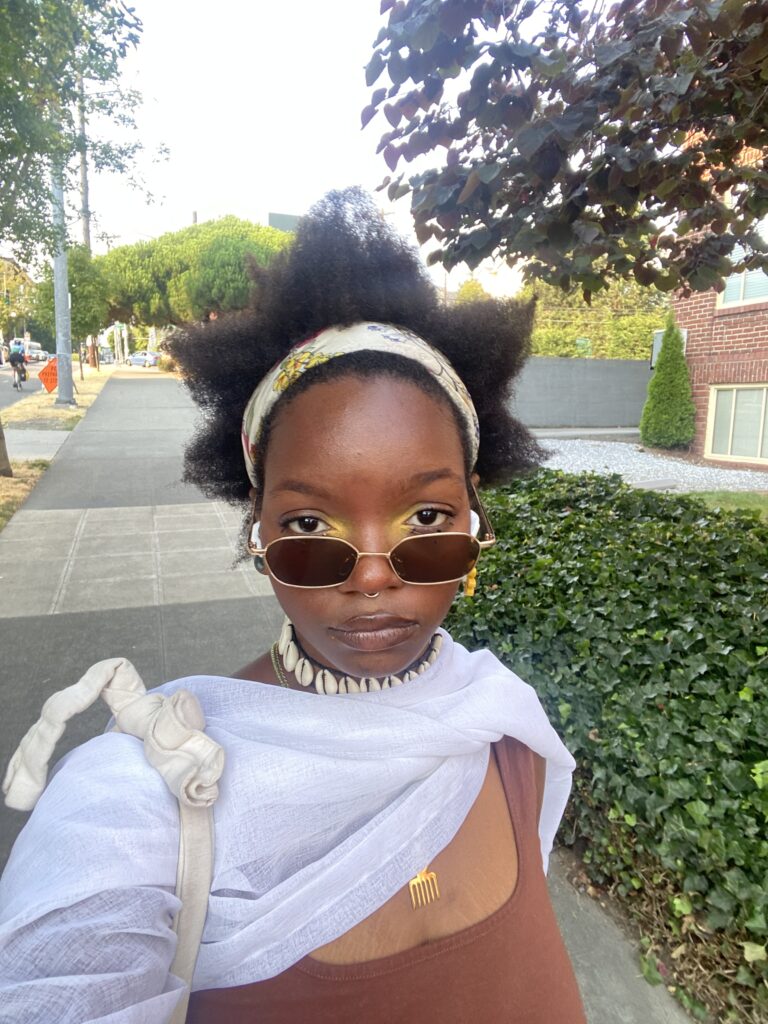Arts Corps is excited to welcome our new board member, Jason Ehlenfeldt!
We were lucky enough to meet Jason earlier this year when he came to the Arts Corps offices with the Best Buy Foundation for a grant application meeting, talking with our staff and seeing photos and art pieces from our programs. After the meeting, Jason decided to become involved with Arts Corps. He volunteered for our end-of-year celebration, Art & Sol, taking part of the chaotic magic that is running an event–– setting up merch tables and art stations, greeting students, and event directing traffic under a light rain. “Honestly, it was kind of relaxing!” he laughs. At the beginning of this month, Jason was officially voted into our board.
At first glance, Jason might not fit the picture you typically assume when you think arts education. Growing up in the Midwest, he majored in Computer Network Security through Dakota State University before trying programming and officially switching to software development, which he’s made his career. But Jason is an art kid, through and through. He’s been singing for as long as he can remember, and he’s managed to be involved in theatre through various stages of his life and across multiple states. He’s acted, designed, done run crew, and even stage managed. You name it, and he’s probably done it in theatre.
Jason’s engagement in the arts and his willingness to try new roles comes from a formative experience in his youth. Jason was always a quiet kid, he shares. Then, in the first day of summer vacation after his sophomore year, he got into an accident with his 4-wheeler. He spent 3 days in the ICU. While there, he had a realization, “I don’t want to live my life afraid of doing things”. Once he was back in school, his choir teacher encouraged him to audition for Phantom of the Opry, a spoof of Phantom of the Opera. He was nervous but remembered his resolve. He got the lead role of Lt. Fairleigh Good, and the rest is history.
Beyond his deep connection with the arts, Jason simply loves helping. He volunteers with Child’s Play, a non-profit that brings gaming systems into hospitals, integrating play into the pediatric patient experience. This work has personal significance to Jason, as he remembers how the gaming cart helped him through his own hospital stay as a youth. He also volunteers at the Pacific Science Center, participating in their National Engineering Week and summer camps. He loves it because of the excitement, energy, and curiosity he gets to witness.
Curiosity is a unifying thread for Jason, which continues to motivate him and connects all that he does. Art and tech are often seen as separate and different disciplines, but the reality is they have a lot of commonalities and help advance each other. Curiosity lets you see this. “Curiosity is one of the biggest things that can benefit a person” Jason says. “It’s the ever-dreaded question, right? The ‘why?’ But if you are always asking why, you never stop learning”.
Through his new position as an Arts Corps board member, Jason is looking forward to fostering curiosity. He wants to help create spaces for youth to feel like they fit in, like they can ask all their question, and become who they want to be. After all, Jason understands the power of art to shape us. “Without it, I’d be a completely different person”.
–By Grecia Leal Pardo
Development and Communications Manager


